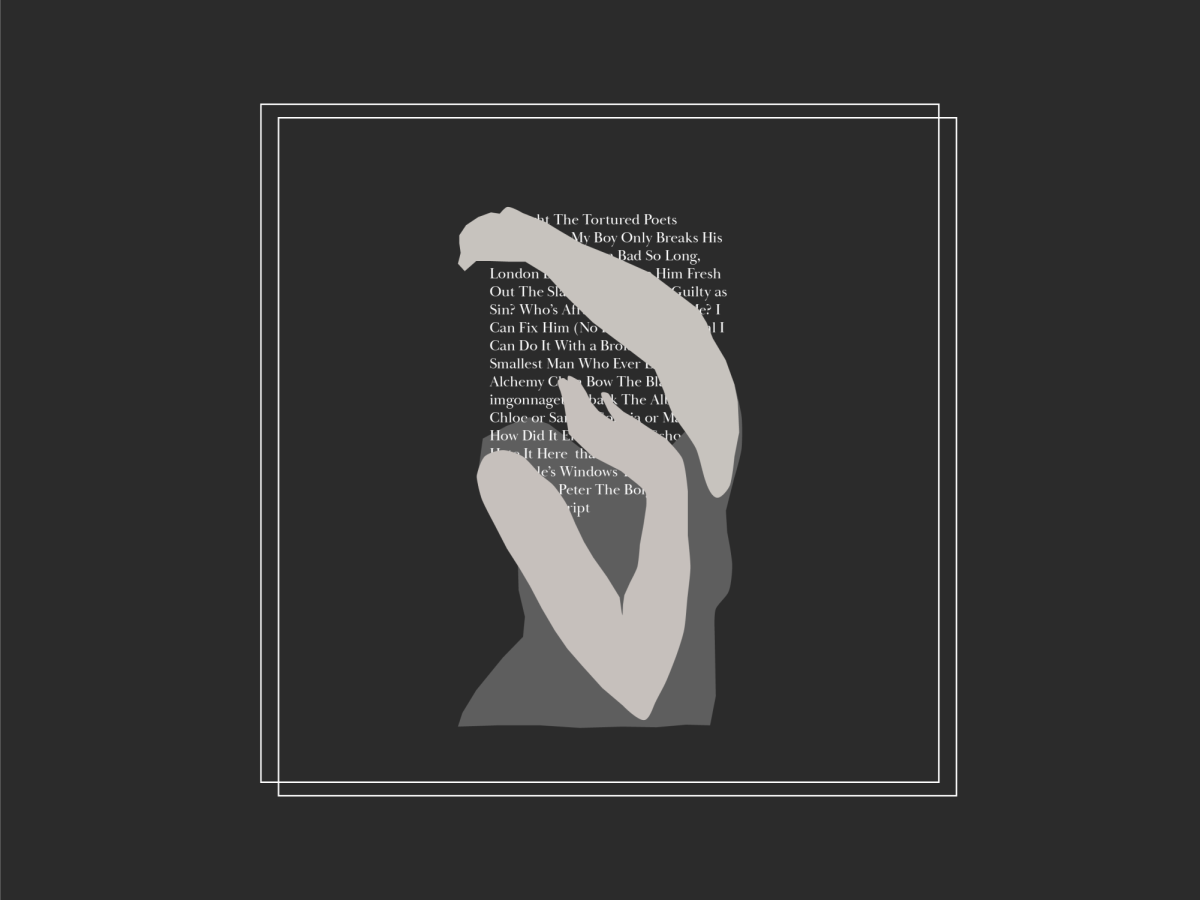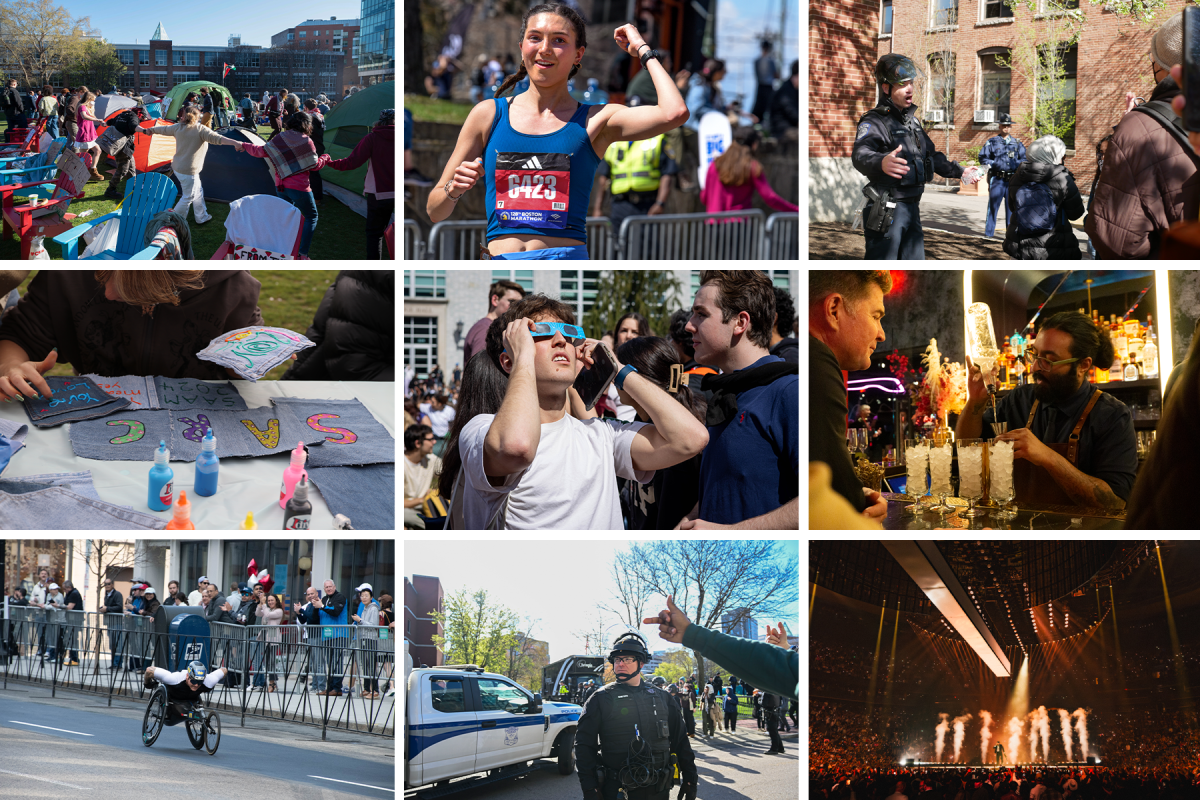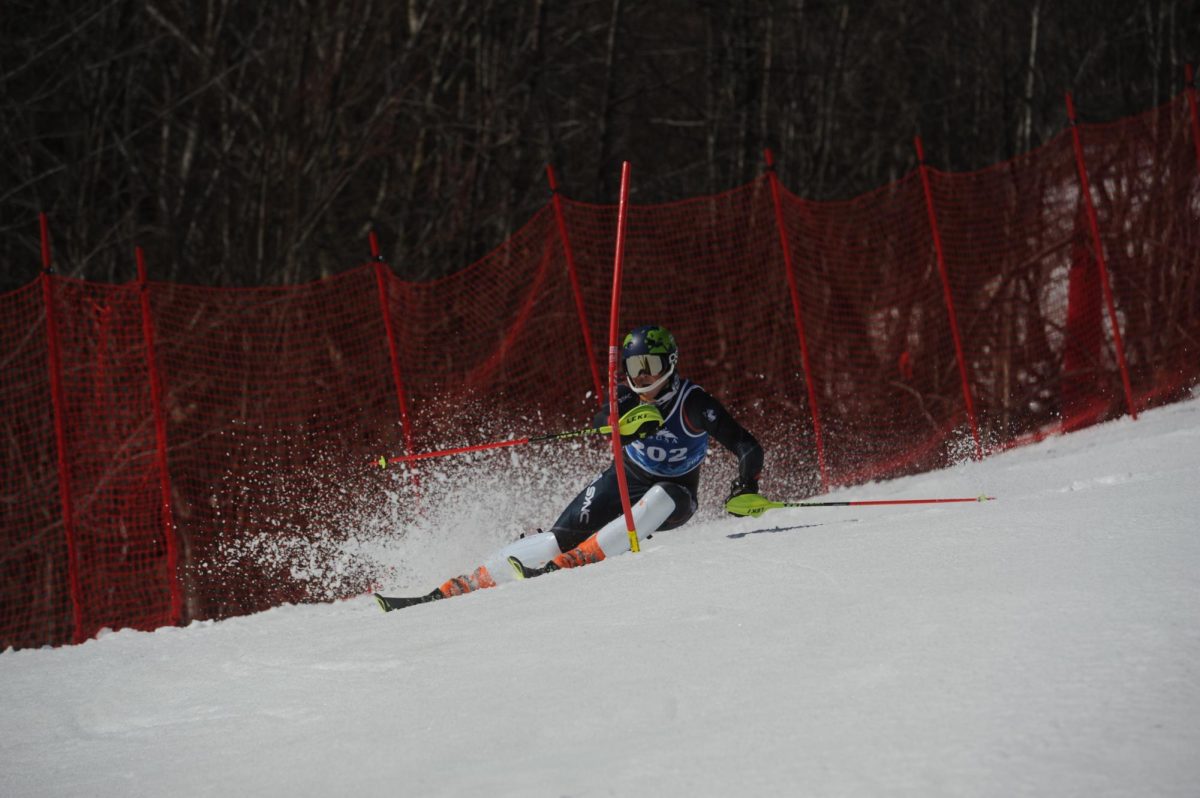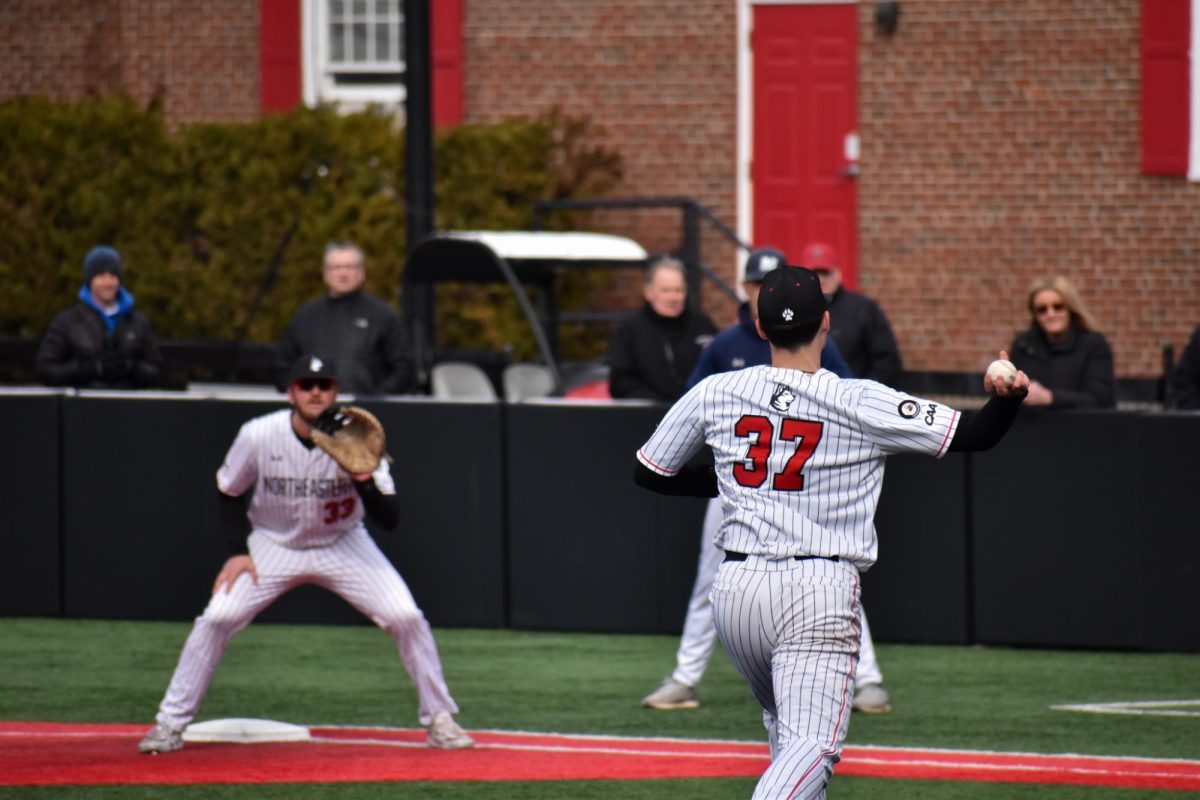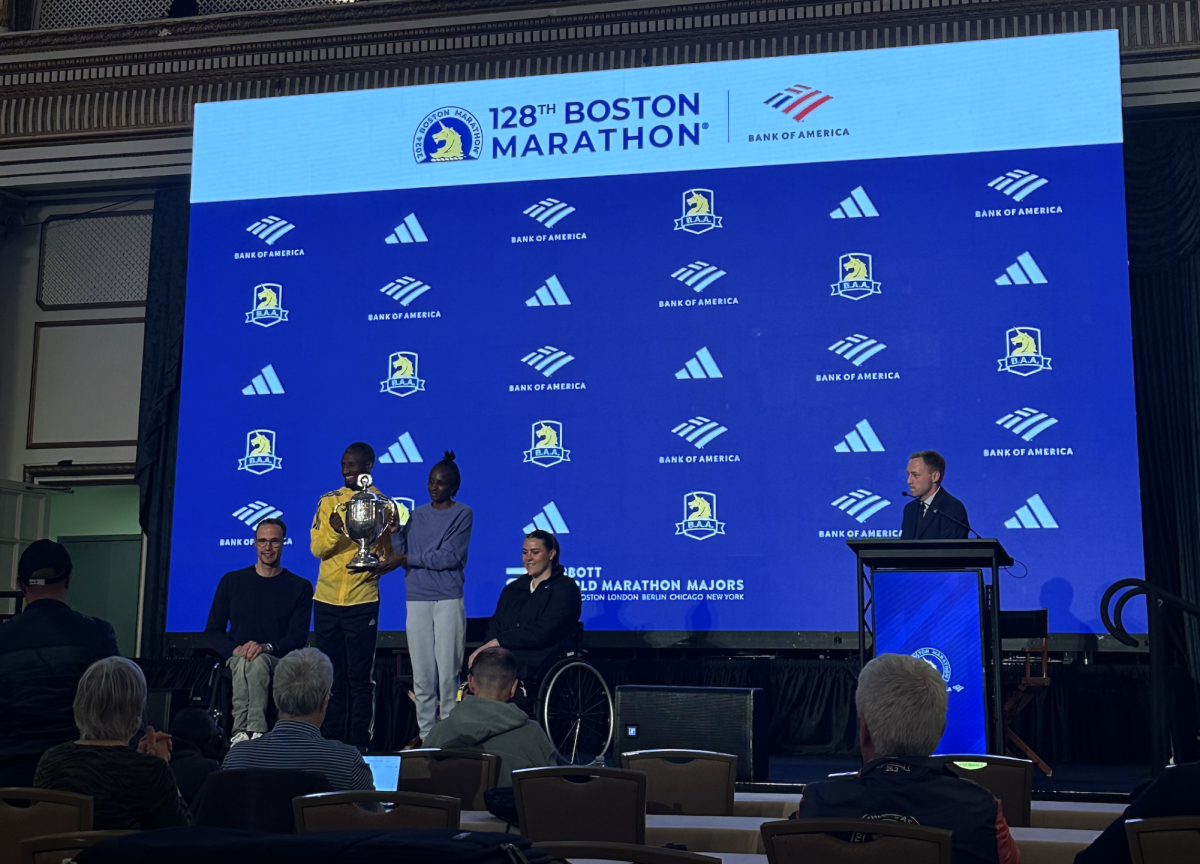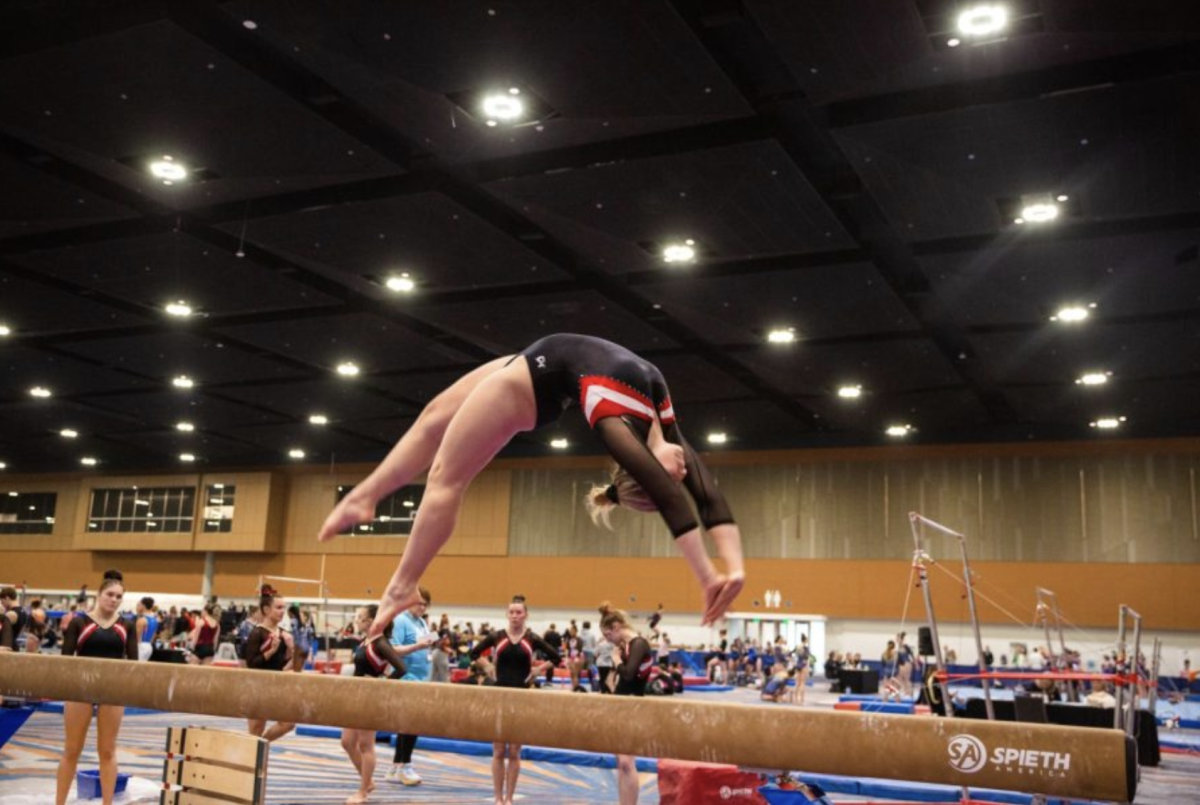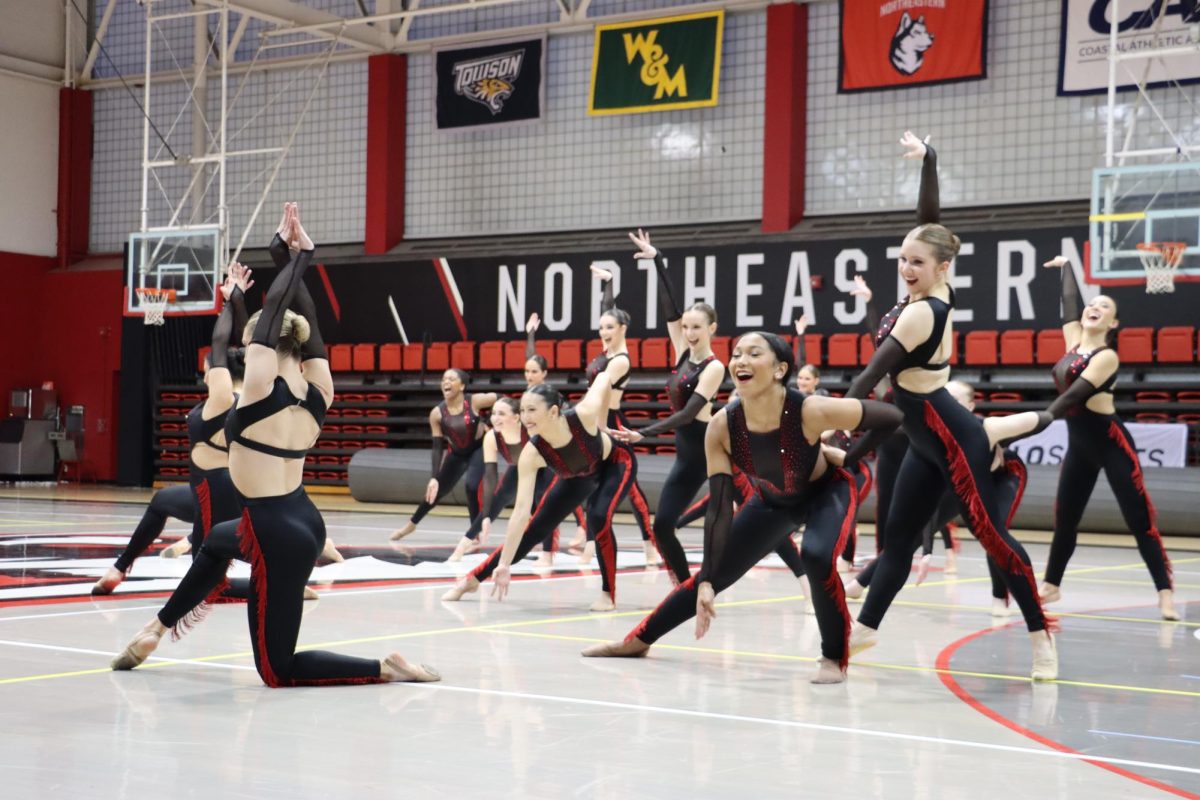With 13 seconds left in the fourth quarter of Sunday’s divisional round National Football League playoff matchup between the Seattle Seahawks and the Atlanta Falcons, Seattle head coach Pete Carroll stood anxiously next to the sideline referee as his team clung to a one-point lead after overcoming a 20 point deficit.
He waited until Atlanta’s special teams squad was set and kicker Matt Bryant took his three paces back and two steps left from the placeholder, seconds away from kicking. A good kick and Atlanta would regain the lead; a miss and Seattle could hang on for the win. Then Carroll whispered into the ear of the referee something along the lines of “I’d like to call a timeout.”
Carroll’s fateful words, and the referee’s whistle that immediately followed, came in time to blow the play on the field. But with the ambient noise of the Georgia Dome, the snap, hold and kick still went off. The static Seattle blocking unit watched as the kick sailed wide right.
Seattle was trying to ice Bryant before his game-winning attempt – calling a timeout and leaving the kicker with a few extra seconds to think about the enormity of the task at hand – but the move would backfire. When Bryant lined up for his 49-yard mulligan, the kick split the upright, sending the Falcons to the NFC Championship game.
In the post-game press conference, Carroll had to explain his decision to try to ice Bryant, as his intervention likely kept Seattle from advancing.
While icing the kicker isn’t employed as often as it was in the mid 2000s, it still remains the go-to move for desperate head coaches late in games. This is still the case despite conflicting studies as to its effectiveness.
On the Freakonomics blog, a blogger references the book “Scorecasting” by sportswriters Tobias Moskowitz and L. Jon Wertheim which explores the subject. Studying field goal attempts from 2001 to 2009, they found that icing the kicker has no statistically significant impact on the probability of kicking successfully. Their research found that in high pressure situations (less time on the clock), icing the kicker actually improved his conversion rate. With 15 seconds or less on the clock, iced kickers completed 77.5 percent of attempted kicks successfully, compared to 75.4 of those that had not been iced. It’s not a huge gap, but there is a difference in those numbers.
There are reasons why icing remains a part of most coaches’ arsenal. Coaches feel compelled to ice because humans are inherently more comfortable taking some sort of action during a time of stress than doing nothing. You can sit by helplessly as the opposing team’s kicker lines up, or you can call a timeout in an attempt to have some control.
It simply gives the illusion of control in a moment of utter powerlessness. Once the special teams units are on the field, it really comes down to the snap, hold and kick. If those three steps are executed well, there isn’t much the opposing team can do. According to 2010 data from advancednflstats.com, field goal attempts beyond 30 yards are blocked roughly 3.5 percent of the time, so even an excellent defensive unit faces slim odds at getting a hand on a game-winning attempt.
Some fans adamantly argue that icing is a gimmicky, bush league move, while others defend it as a legitimate use of timeouts. I don’t happen to have a strong opinion one way or the other, but if you do decide to make the kicker “think about the kick” a little longer, the Carroll incident demonstrates there is a clear way not to do it.
While waiting until the last possible second, to the point that the timeout isn’t relayed in time to prevent the snap from getting off, may be more suspenseful and possibly unnerving for a kicker, it opens a coach up to scrutiny. If a coach is going to ice the kicker, he should call his timeout as the field goal unit is getting set up. This simply delays the attempt and sidesteps the alternate ending the first field goal attempt would have created.
Otherwise, don’t use your timeout. No coach has ever been blamed for not icing the kicker. We only remember the goofs like Carroll’s last weekend, or Cowboys coach Jason Garrett accidentally icing his own kicker last season or Redskins coach Joe Gibbs attempting to double-ice the kicker with back to back timeouts, resulting in a 15-yard penalty that made the attempt even easier.
So, to ice or not to ice? It’s a question NFL coaches in sticky situations might be asking themselves for a long time.
-Dylan Lewis can be reached at [email protected].


